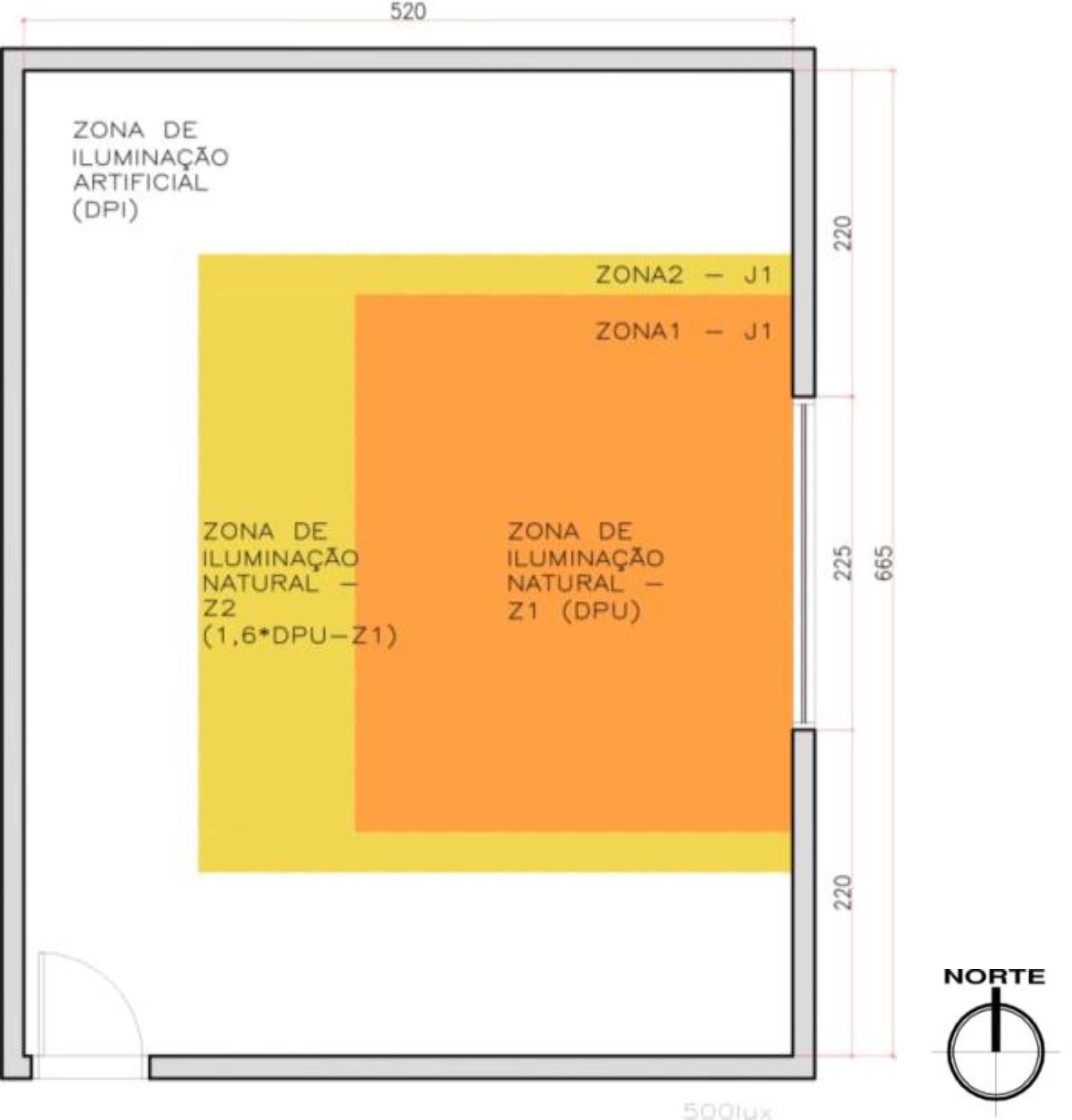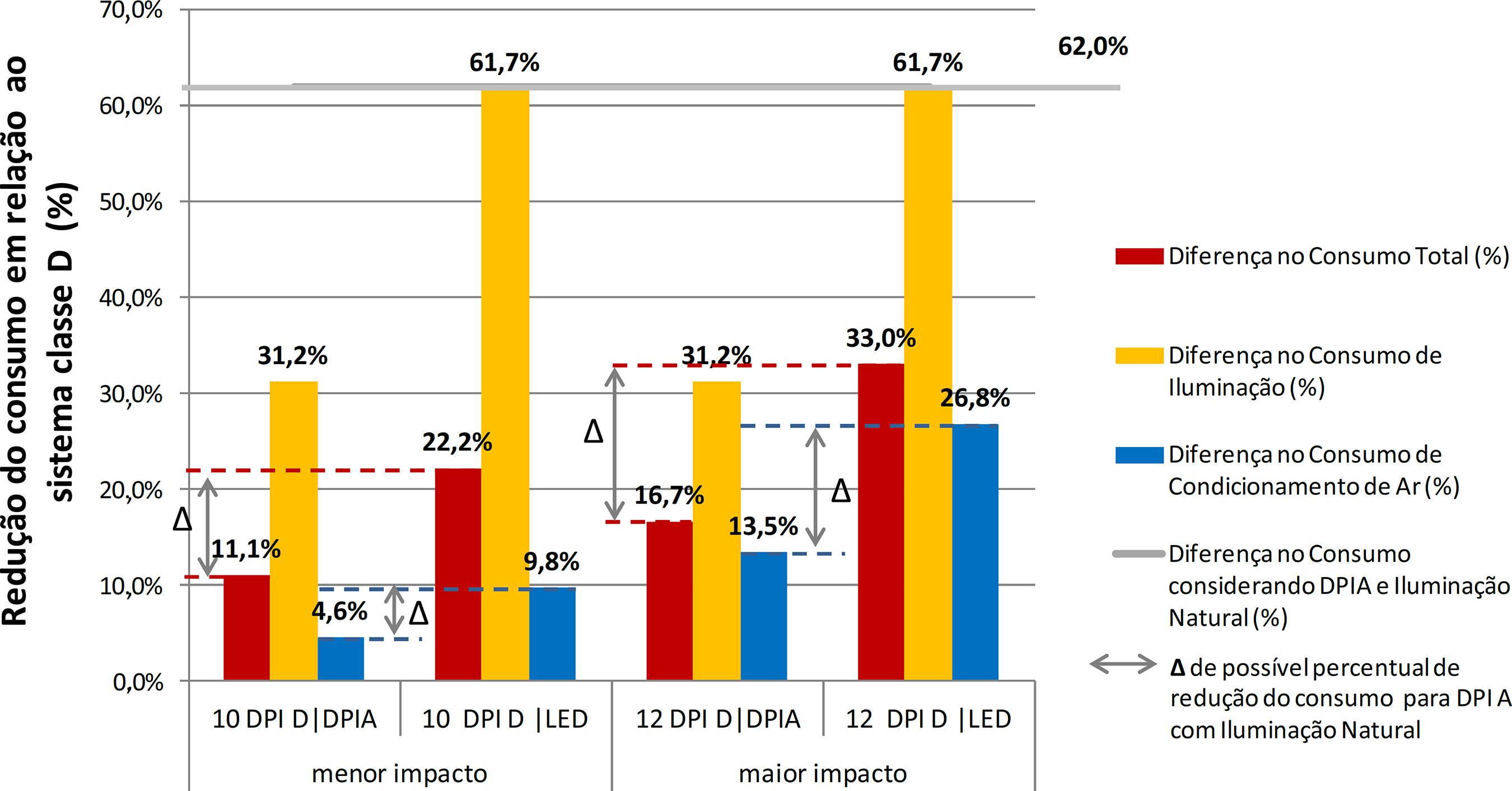Abstract
The objective of this study was to propose a simplified methodology, integrating the use of artificial neural networks (ANN) with daylighting zoning, with the aim of predicting potential energy savings resulting from the use of daylight in non-residential buildings. The approach used in this study was metamodeling, and the networks were trained based on results obtained through integrated computer energy simulation. The Latin Hypercube sampling technique was used to generate the input data that was parameterized trough the Grasshopper plug-in and simulated trough the DIVA plug-in for the Rhinoceros software. For the application of the method an ANN was used, where the output parameter was Lighting Power Density in Use, combined with dynamic daylighting zones that consider the weather dynamics, weighted by area. This paper discusses the relationship between the methodological sequence approach, which presented errors below 5, and the RTQ-C and daylighting reference index. The overall conclusion was that the simplified method has potential to be replicated and used because of its accuracy, speed and workability. With regard to the method's application in regulatory tools, it is important that minimum daylighting performance is carefully evaluated due to its significant impact on the energy consumption of buildings.
Keywords:
Daylighting; Energy consumption; Artificial neural networks; Simplified method



 Fonte: adaptado de
Fonte: adaptado de 




